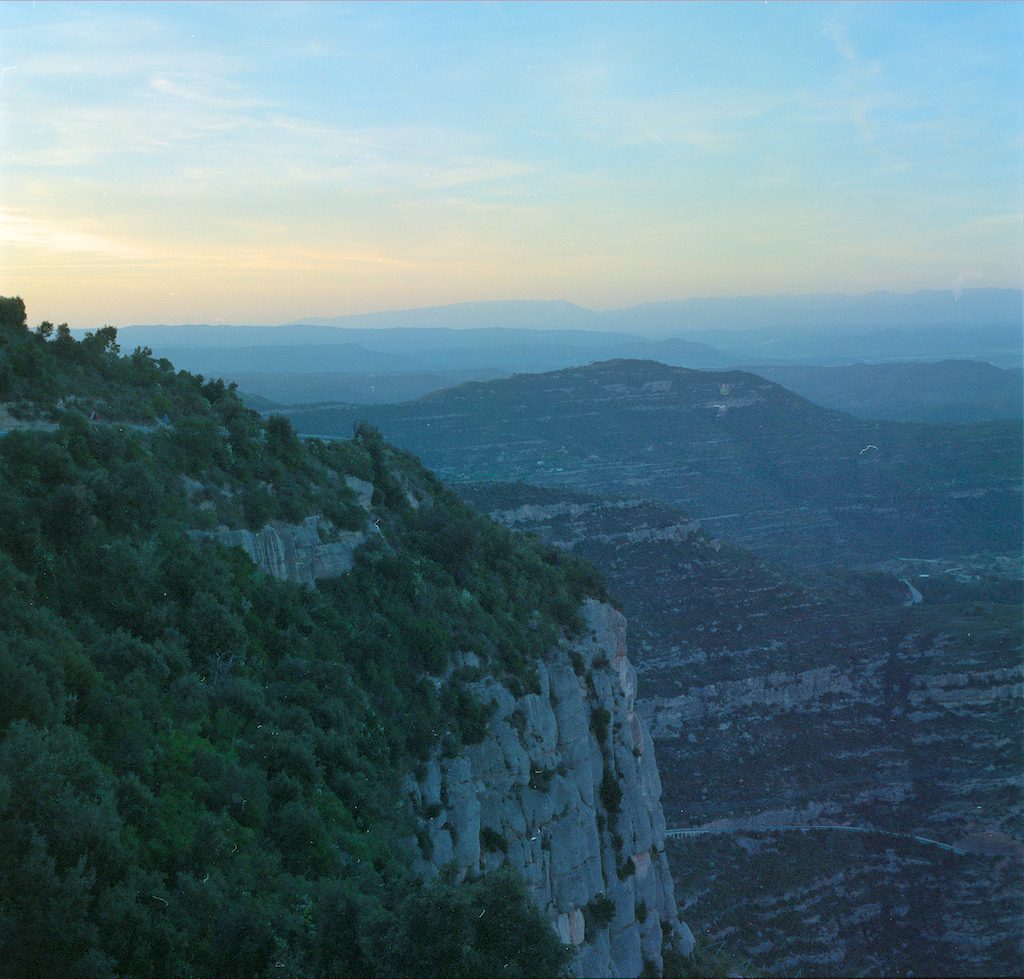

Mineral Exploration in Spain

January 6, 2014
With our sister company Analab SA actively selling our mineral exploration window sampling system it seemed only right that we take a quick look at the Spanish market as high metal prices, better exploration techniques and better technologies have created a rebirth within this country over the last few years.
Spain has a long history of mining and has some of the most mineralized territory in Western Europe, particularly the Iberian Pyrite Belt (IPB). The IPB stretches from Seville in southern Spain west to south of Lisbon in Portugal and comprises a series of Late Devonian through to Mid Carboniferous age rocks. The IPB contains world-class orebodies including the Rio Tinto mine (copper-gold) and numerous deposits in the 10 to 100 Mt range. A total of 1,700 Mt of massive sulphide ore, both mined and in situ, has been defined within the IPB, making it the largest massive sulphide province in the world.
Spain is one of the leading European Union (EU) countries in the value of its mine output of metallic and non-metallic minerals and quarry products. It has one of the highest levels of self-sufficiency with respect to mineral raw materials among the EU members. Spain has had a long history of base-metal mining and in recent years has attracted renewed interest from many of the world’s major mining companies for gold and base metal exploration and extraction.
Spain has a well-developed mineral exploration infrastructure and available skilled work force. It has an extended mining tradition and the track record of exploration success and mine development.
Coal is Spain’s most plentiful indigenous energy source, with reserves of some 700 Mt. The country produced 12.3 Mt of hard coal in 2002, along with 8.2 Mt of lignite. The country consumes about 50 Mt of coal, relying on imports for the balance – 24.5 Mt in 2004. Overall coal consumption has remained relatively flat over the past decade, with Spain’s electricity sector constituting the largest share. Coal mining is spread over a number of small, isolated fields. Private companies produce most of the coal in Spain, though the single-largest company is Hunosa, producing about 1.5 Mt/y, owned by the government through the Soc Estatal de Participaciones Industriales (SEPI) holding company.
The Instituto Geológico y Minero de España- IGME- (Geological Survey of Spain) is a senior (founded 1849) research institution attached to the Ministry of Education and Science. IGME is the main national Earth Sciences Research Centre in Spain, with more than 400 employees, 200 of whom are graduates. IGME is particularly specialised in several fields of activity such as geology, environment, hydrogeology, mineral resources, natural hazards and land use planning. IGME’s facilities including its headquarters, project offices in several locations around the country, laboratories, warehouses, drill core repository, library and museum, are all equipped with advanced technology and technical resources.
After 150 years of research and project development, IGME holds the most important and valuable mining and minerals databases available in the country and has a wealth of technical expertise and know-how, in order to help any interested party in developing a mining project in Spain.
The Spanish Association of Professional Geologist (ICOG) is the only public professional body representing all geologists in Spain. The ICOG advocates for the profession of geology and promotes consultation with government officials, policy makers, authorities and other professional associations in a variety of fields, including exploration and mining, and environmental management. It also sponsors and supports the European Federation of Geologists as well as the non-profit organisation, World Geologist.
If you want to talk to Analab SA about our mineral exploration equipment call + 34 935 900 007, email analab@analab.es or visit our website pages.
You might also be interested in...
Van Walt Guidelines for sampling for PFAS in Groundwater
November 13, 2024We need to make clear, that at the time of writing, there are no ISO or EN standards which deal with the sampling of groundwater for PFAS.
Read MoreSpot measurement v. continuous environmental monitoring
August 25, 2023Environmental monitoring has developed considerably over the years. From the time when a consultant went out monthly or quarterly with a dip tape to monitor the groundwater level in a borehole, wind forward...
Read MoreMeasuring Nitrates (NO3, NO3-N) in the field
June 20, 2023The interest in Nitrates is nothing new. One way or another we have been measuring them for half a century.
Read MoreVan Walt Environmental Equipment
A small selection of our environmental equipment